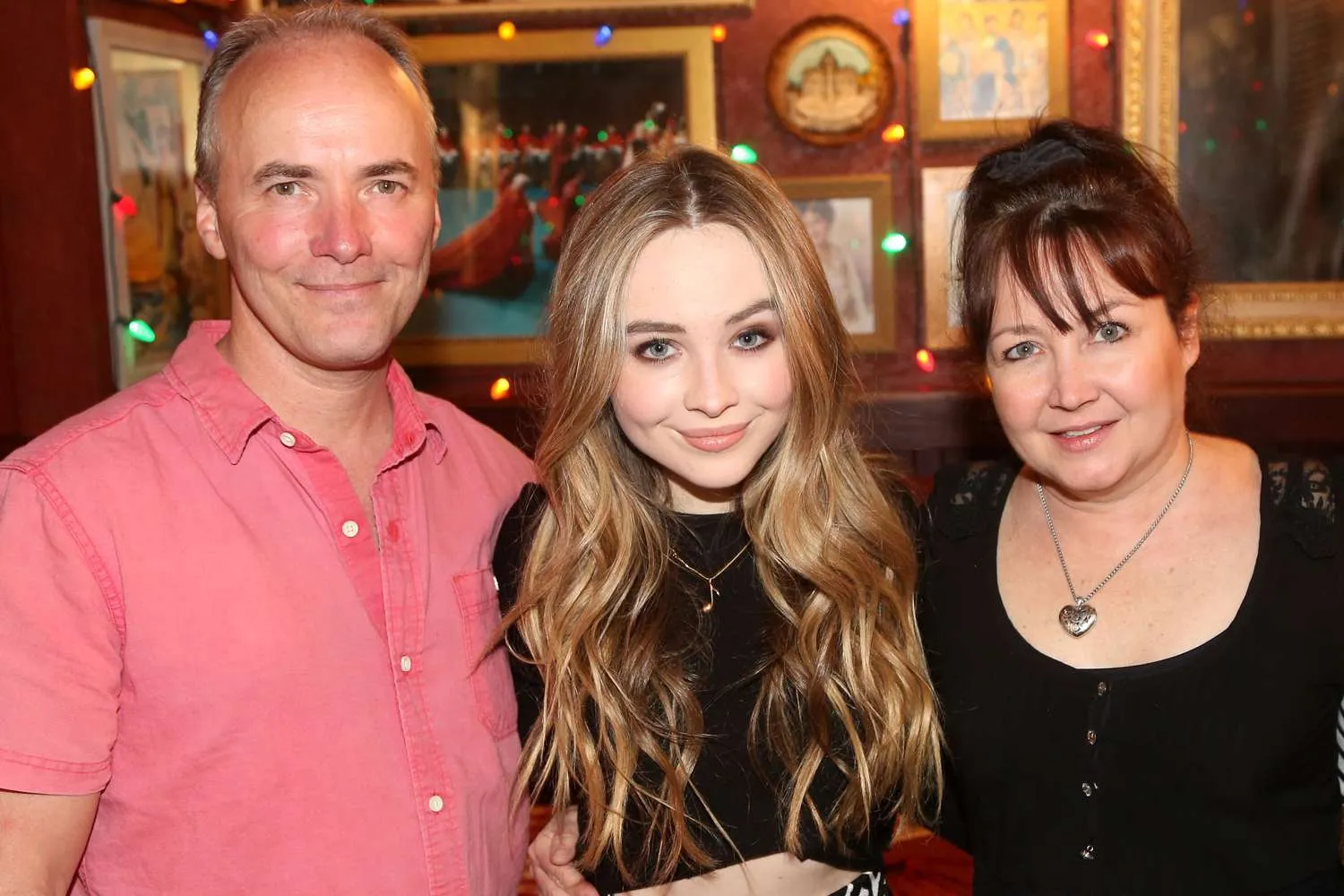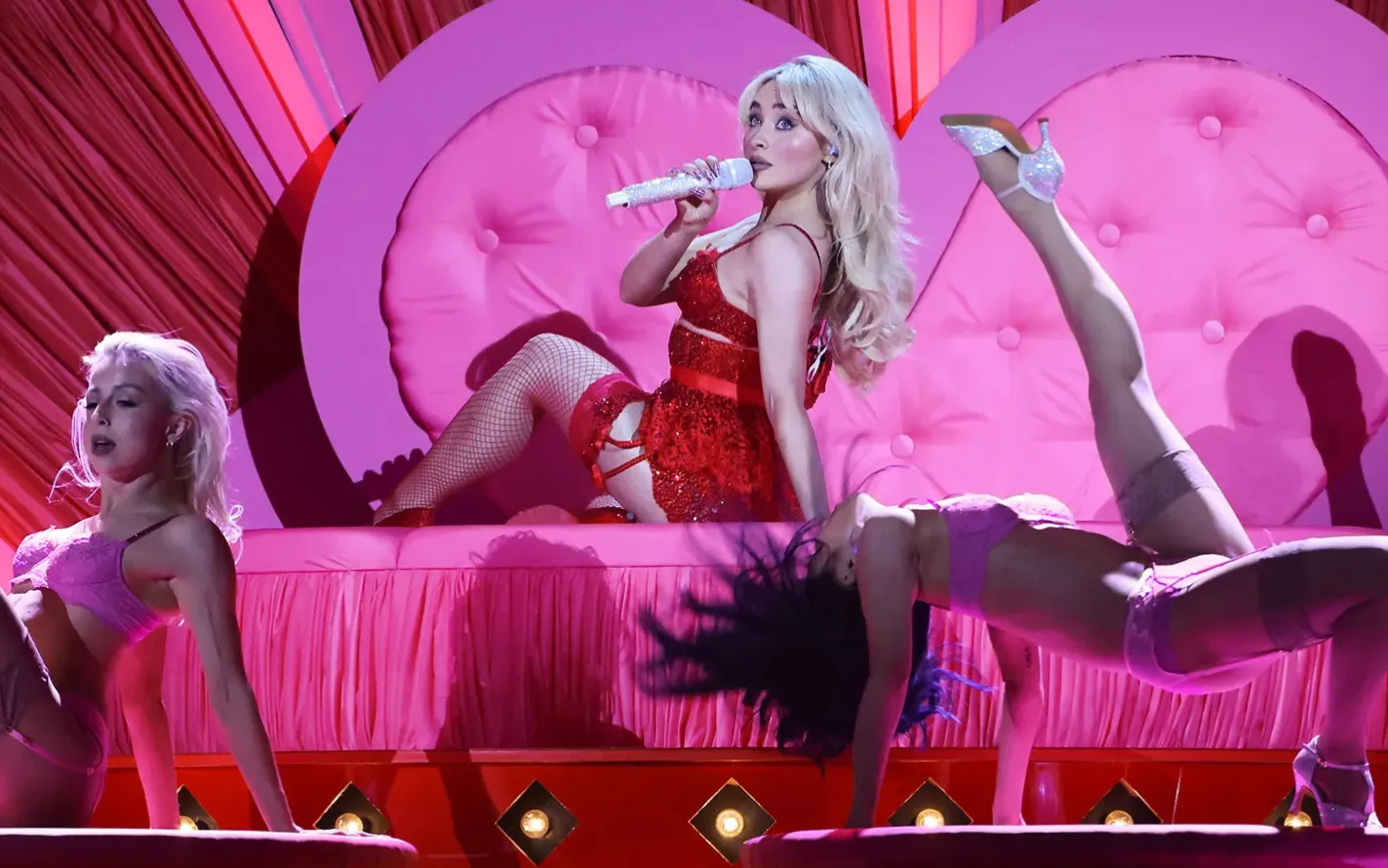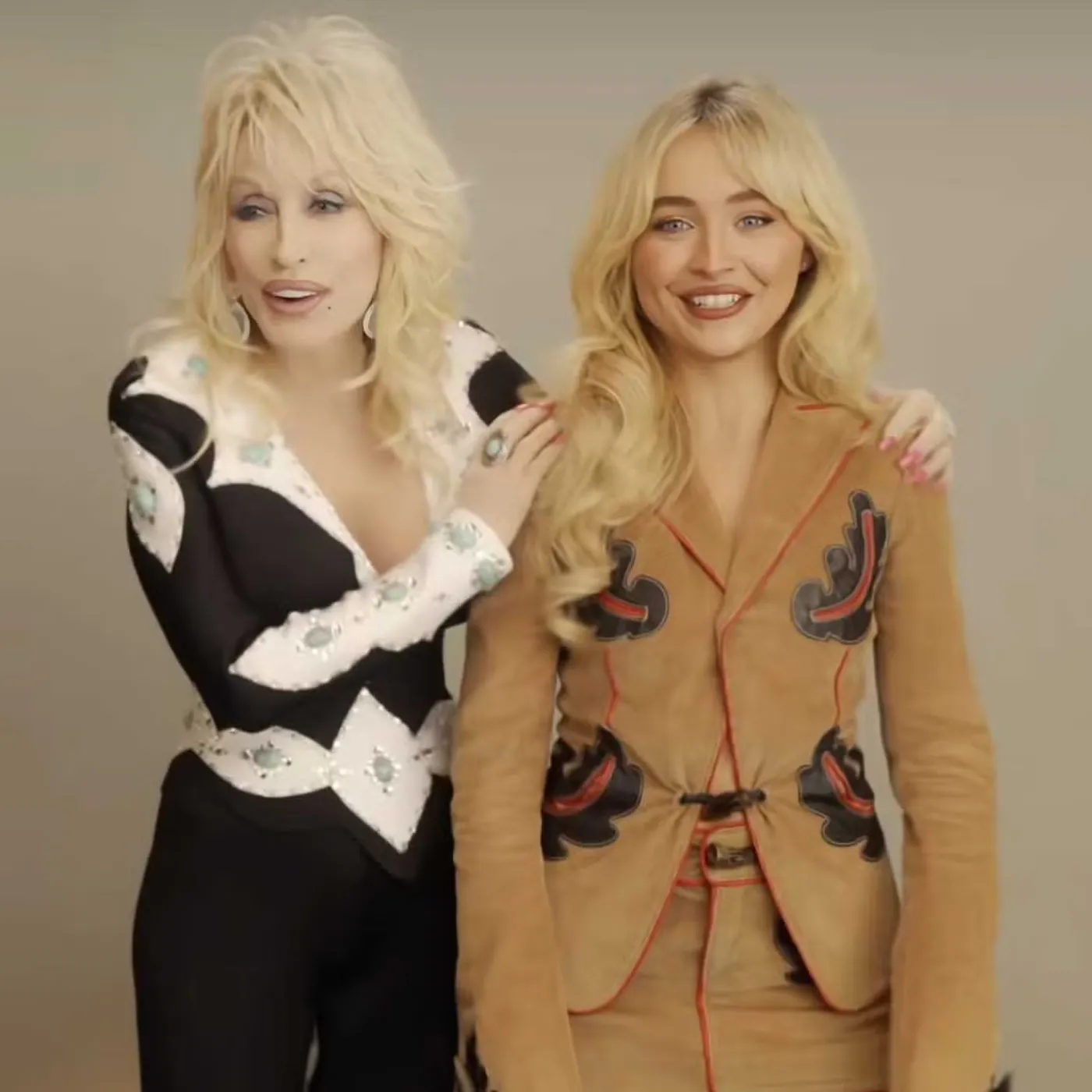

Carly Simon Shuts Down Backlash Against Sabrina’s ‘Tame’ Album Art — The Truth Hurts
When Sabrina Carpenter dropped her latest album, Man’s Best Friend, the striking album cover quickly ignited a fierce debate across social media and entertainment news outlets. While many praised the artistic vision and boldness of the pop star’s latest visual statement, critics questioned whether Sabrina’s cover art was “too provocative” or inappropriate for her image. But in a surprising twist, legendary singer-songwriter Carly Simon came to Sabrina’s defense, calling out the backlash as unwarranted and placing the controversy in a broader historical and cultural context.

The Controversy: Why Sabrina Carpenter’s Man’s Best Friend Album Cover Sparked Debate
The cover of Sabrina Carpenter’s Man’s Best Friend album features an eye-catching visual that blends edgy aesthetic elements with a deeply personal, artistic vibe. In today’s music landscape, visual storytelling plays a vital role in shaping an artist’s identity and communicating the tone of the album before listeners hear a single note.
Despite the creative intention behind Sabrina’s album art, the public’s reaction has been mixed. Social media platforms like Facebook, Instagram, and Twitter saw heated discussions, with some users labeling the artwork as “too daring” or “out of character” for the young star. This kind of backlash is not unusual in the entertainment world, especially for female artists who are often held to contradictory standards—expected to evolve while staying within narrow bounds of acceptability.
Carly Simon’s Powerful Defense: Putting the Backlash Into Perspective
Carly Simon, herself an icon who pushed creative and cultural boundaries during her own career, did not mince words when addressing the backlash against Sabrina Carpenter’s album cover. In a recent interview, Simon said, “She’s not doing anything outrageous. It seems tame. There have been far flashier covers than hers. One of the most startling covers I’ve ever seen was [The Rolling Stones’] Sticky Fingers. That was out there in terms of attitude. So I don’t know why she’s getting such flak.”
Simon’s remarks highlight a critical point: the standards for what is considered provocative or controversial have evolved over time. The very images that once scandalized audiences have since become accepted or even iconic, celebrated for their artistic bravery.
Her defense reframes Sabrina’s album art controversy as part of a rich tradition of artists taking risks, challenging societal norms, and using visual expression to deepen their artistic message.

The Legacy of Controversial Album Covers: From Sticky Fingers to Today
The reference to The Rolling Stones’ Sticky Fingers album is more than a passing comment. Released in 1971, the album’s original cover design—featuring a real zipper on a close-up of denim jeans—pushed the envelope of album art and sparked widespread debate. It became a defining moment in music history, demonstrating how album covers could be provocative statements in their own right.
Over the decades, many other iconic albums have sparked controversy with their covers: Nirvana’s Nevermind challenged sensibilities with its stark imagery; Prince’s Lovesexy stirred debate with its bold visual themes. These albums are now part of music’s visual canon, illustrating how controversy can fuel cultural conversations and shape artistic legacies.
In this lineage, Sabrina Carpenter’s Man’s Best Friend album cover fits as a contemporary example of how artists continue to explore and push boundaries through their visual identity.
Understanding the Backlash: Media Scrutiny and Public Expectations
Despite this tradition, why is Sabrina facing criticism now? One explanation lies in the unique pressures of today’s media ecosystem. Public figures, especially young women like Sabrina Carpenter, often experience intense scrutiny, with their every move dissected and debated online.
Social media platforms amplify this effect, sometimes skewing perceptions and encouraging polarized opinions. The pressure to maintain a consistent image while evolving artistically can lead to contradictory public expectations, where fans and critics alike struggle to reconcile changes in an artist’s style or message.
This environment makes it easy for backlash to snowball, with context and nuance sometimes lost in viral comment threads.
Sabrina Carpenter’s Artistic Journey: Balancing Growth and Public Opinion
Through this controversy, Sabrina Carpenter has demonstrated a measured approach to her career evolution. From her early days as a Disney star to her current position as a chart-topping artist, Sabrina has skillfully balanced youthful charm with mature themes, evolving her sound and image to reflect her personal growth.
Her loyal fanbase has largely stood by her, celebrating her courage to experiment and push creative boundaries. Carly Simon’s endorsement further validates Sabrina’s artistic choices, reinforcing that her album art is not a reckless bid for attention but a thoughtful extension of her creative vision.
The Role of Album Art: Visual Storytelling and Cultural Dialogue
In the digital age, album covers remain a powerful form of visual storytelling. They serve as an artist’s first impression and a visual encapsulation of an album’s themes. Effective album art can challenge, inspire, and provoke dialogue—all key elements of impactful art.
Carly Simon’s defense highlights the importance of protecting this space for artistic freedom. By pushing back against criticism, she encourages a more open-minded conversation about the role of art in reflecting and shaping cultural norms.
Sabrina’s Man’s Best Friend cover, controversial or not, invites such discussion, pushing audiences to consider the evolving relationship between image, identity, and expression in music.
What’s Next for Sabrina Carpenter?
With legends like Carly Simon publicly backing her, Sabrina Carpenter’s future looks bright both creatively and commercially. This support strengthens her position as an artist willing to take risks and break molds.
In today’s highly competitive music industry, where image often drives visibility and success, having the endorsement of a respected figure like Simon not only bolsters Sabrina’s credibility but also signals to industry insiders and fans alike that she is a serious, evolving artist.

Conclusion: Art, Controversy, and the Future of Expression
The controversy surrounding Sabrina Carpenter’s Man’s Best Friend album cover is more than a debate over aesthetics. It represents the ongoing tension between artistic freedom and societal expectations—a dynamic that has shaped music history for decades.
Carly Simon’s defense reminds us that pushing creative boundaries inevitably invites criticism, but that such criticism often masks deeper cultural anxieties.
As Sabrina Carpenter continues to define her artistic identity, she joins a lineage of artists whose bold choices challenge audiences and expand the possibilities of expression in modern music.
Love it or hate it, Man’s Best Friend has sparked a crucial conversation—and that, ultimately, is the power of art.



















Post Comment